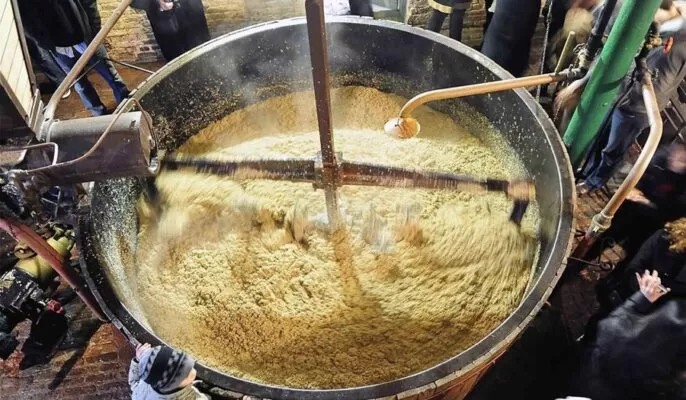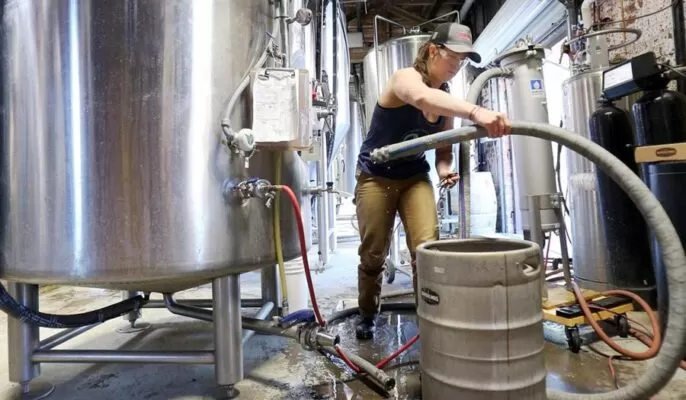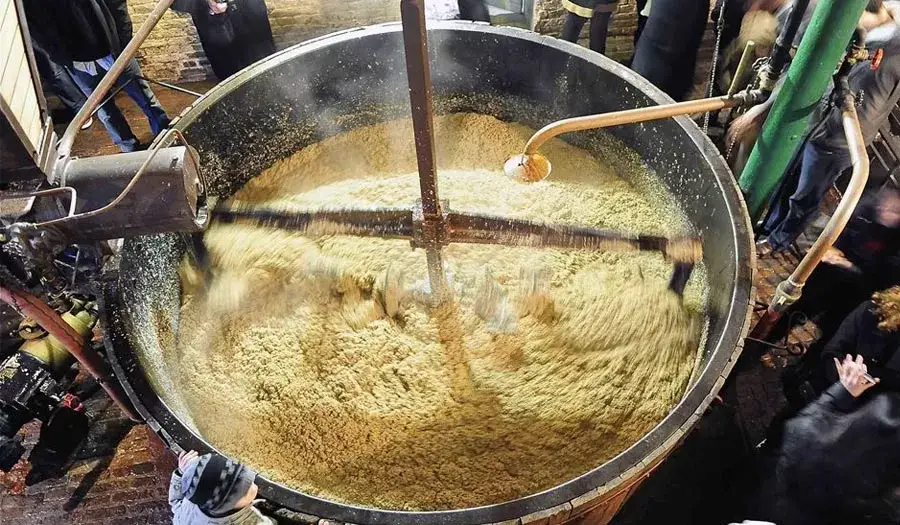Efficient brewing has always been important, but in a world of rising costs, maximizing efficiency can be the difference between paying the bills and turning a profit. Craft brewers spend a lot of time selecting the best ingredients and optimizing their breweries in such a way to create the best possible taste. This sometimes comes at the expense of time, cost and efficiency.
How do you define brewery efficiency?
Brewery efficiency indicates how much potential fermentation becomes wort at measured gravity and target volume. This is sometimes called boiler efficiency.
Most brewers use brewing software (Beersmith, ProMash, Brewersfriend, etc.) to calculate the different efficiencies of different stages of the process. But, to understand what this number means, we must understand the formula behind it.
Formula:
- Brewery Efficiency = Actual Grain Extract / Potential Grain Extract
- Actual Grain Extract = Wort Volume (l) Specific Gravity (sg) Plato / 100
- Potential Grain Extract = Grain Weight (kg) * Ground Extract %
The formula for actual grain extract is to multiply the volume (in liters) by the specific gravity of the wort to get the weight of the wort. This is then multiplied by the wort concentration expressed in Plato, which represents how much of the wort weight comes from extractives (sugar, protein, etc.). Make sure that all volume measurements are corrected for temperature differences, as volume increases with changes in temperature.

How to improve beer brewing efficiency?
The 3 main processes that affect brewery efficiency are: grinding, mashing and filtration. Also to these processes, the quality of the ingredients you use also plays an important role.
Premium malt
High-quality malt helps improve efficiency. Barley is selected for size so that at least 95% of the grains are larger than >2.5 mm. This consistent large size ensures better grinding and a better ratio of starch to crust content. Extract level itself is an aspect of quality, but not related to your efficiency. What affects efficiency is the difference between ground and ground extract levels. A measure of how brittle malt is when broken or ground. High crisp malts are easier to grind.
Milling
When using high quality malt, efficiency is still very low, it’s best to look at your milling situation. A good grind produces very little flour but completely separates the inner flour of the kernel from the outer shell. A common mistake is to grind too much, resulting in a lot of flour and a broken crust. This will create a very tight filter bed that may be difficult to filter and/or channel. If you experience inefficiencies and find that your grind contains a lot of flour, try a coarse grind. Unopened kernels or kernels that are too large may be a sign of too coarse a grind, low friability, or insufficient malt modification and will also reduce efficiency. Thus, a compromise needs to be made between crushing that is compact enough to provide adequate conversion efficiency but coarse enough for filtration.
Mix and match parameters
Temperatures between 63°C and 80°C are known to completely convert the mash. The exact temperature you should choose during mash rest depends on the mash protocol, rest time, attenuation goals, and the mashing power of the malt. Different temperatures don’t affect efficiency, so use these temperatures to affect the flavor of the final beer, not the efficiency.
The enzymes responsible for starch conversion are not only sensitive to temperature but also to pH. Brewing literature suggests that for optimal conversion efficiency, the mash pH should be between 5.5 and 5.6 (measured at room temperature). Some studies have found that brewery efficiency decreases by 2% when the pH is at least 0.2 out of range.
Choose a designed mash barrel
The design of the mash tun and false bottom or screen can have a huge impact on the efficiency of the mash process. A round, cylindrical mash tun is generally considered best because it allows the depth of the grain bed to be approximately equal to its width. This is one of the reasons why cylindrical water coolers are popular.
the false bottom should cover the entire bottom of the mash tun but have minimal dead space underneath it. This will even out the flow throughout the grain bed, increasing efficiency.
Automated system
Automation technology can be a game-changer for breweries looking to optimize operations and increase efficiency. By automating key processes, breweries can improve accuracy, consistency and efficiency.
One of the main benefits of automation is improved accuracy. Automation technology can control variables such as temperature, pressure and flow to ensure the consistency of the finished product. This improves product quality and customer satisfaction.
Another benefit is increased efficiency. Automation can help streamline processes, reduce waste and cut downtime between batches. This can increase brewery production and revenue.

Energy integration
Brewing is a batch process that creates significant spikes in heating and cooling demand. A well-designed network of integrated heat exchangers that recover and reuse waste heat can reduce energy consumption. Well-known examples are the recovery of heat from the wort kettle steam and reuse for wort preheating, and the recovery of hot water from the wort cooler for later mashing.
Buffering and utilizing energy storage tanks can have a large impact on the capital requirements and utility size required to produce beer and can reduce peak loads.
Filtration efficiency
The purpose of filtration is to extract as much extract as possible from the malt flour. The speed and efficiency of filtration depend on the screen plates. The larger volume of the complete housing will increase your filtration speed. Another way to keep the grain bed loose is to cut stirring during the mashing process and not grind the grains at the same time. Slow down the initial filtration speed and increase it to prevent channeling.
In conclusion
If you’re looking for a high-quality, durable and easy-to-use beer brewing system, Micet can meet your needs. Whether it’s customization services for brewing equipment or technical support, Micet can help you.




